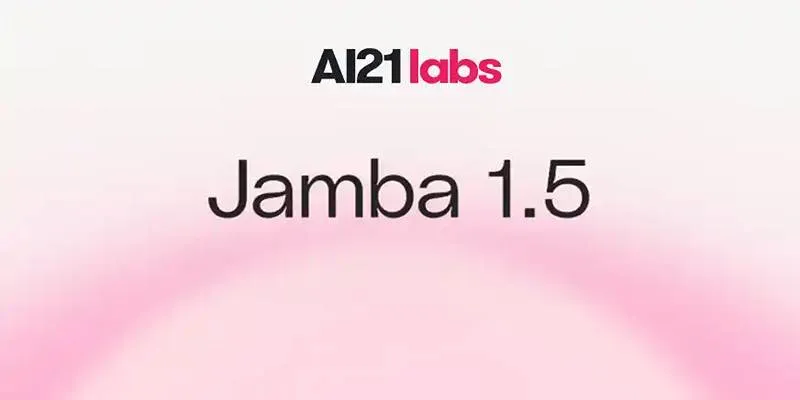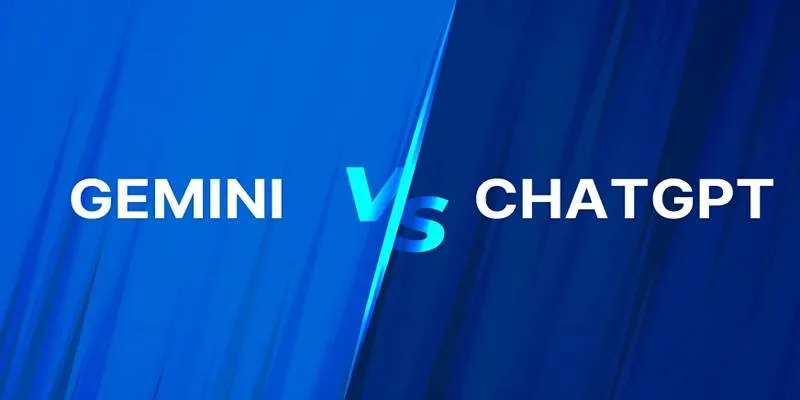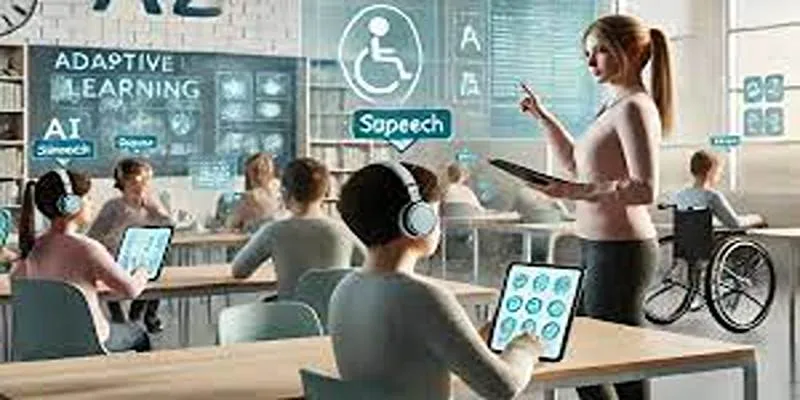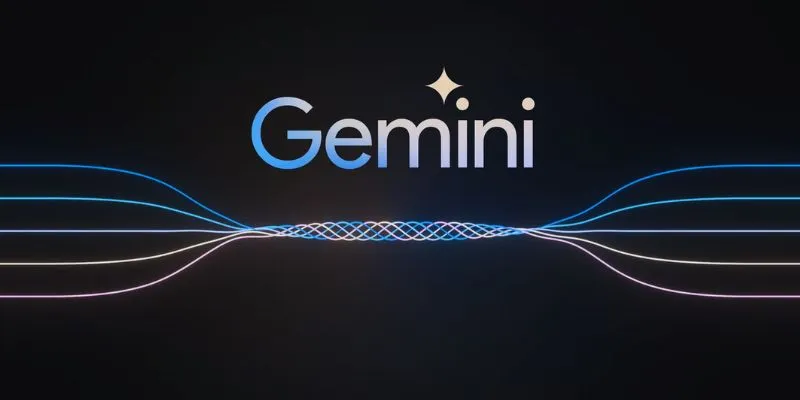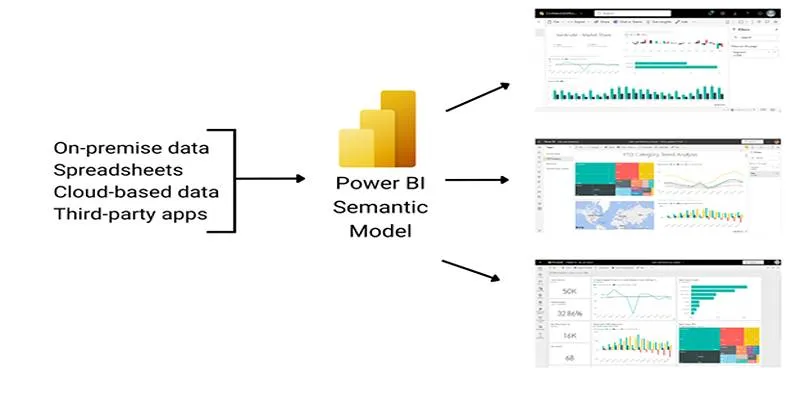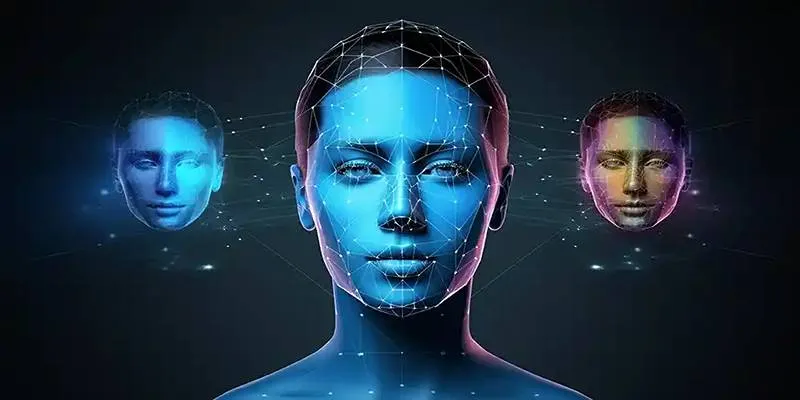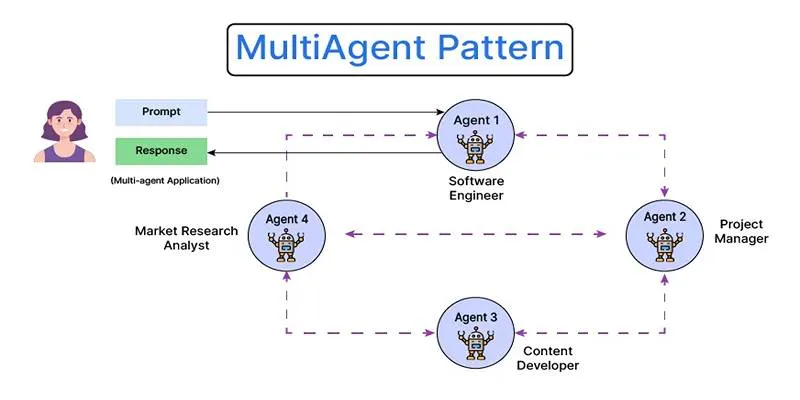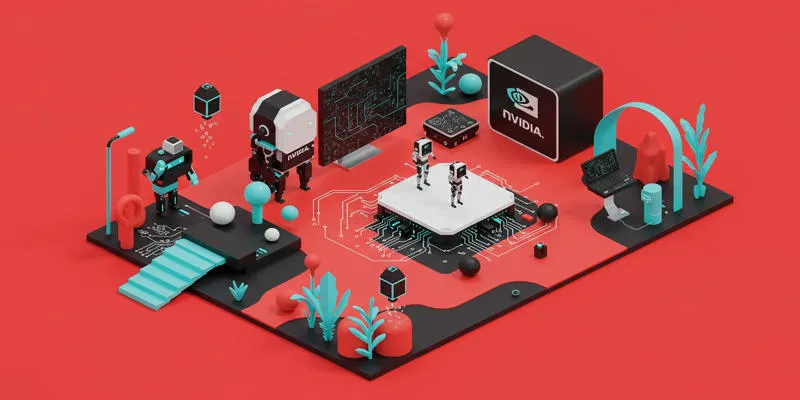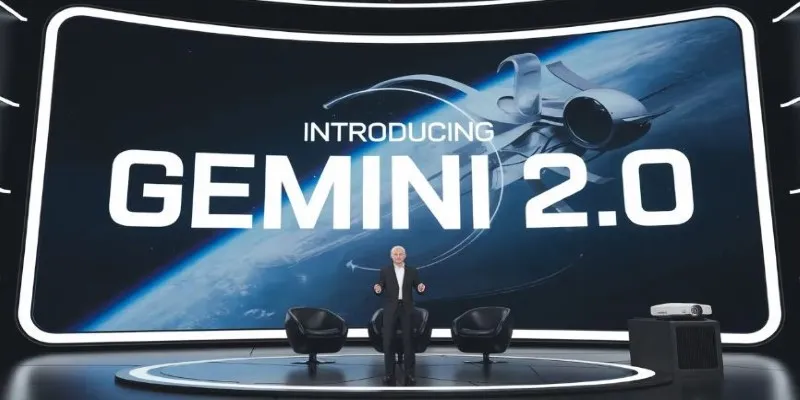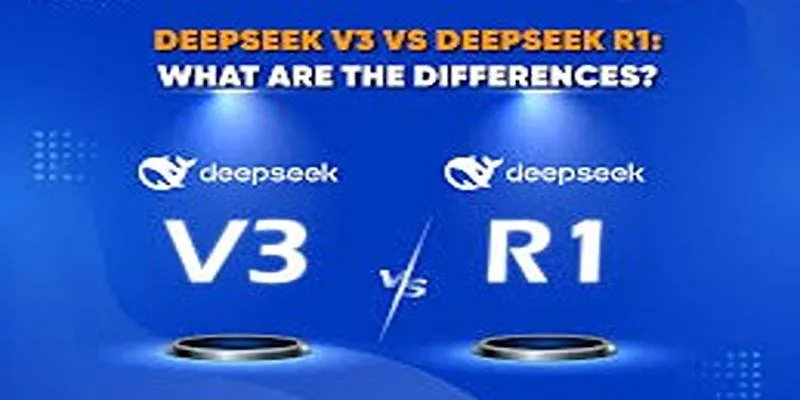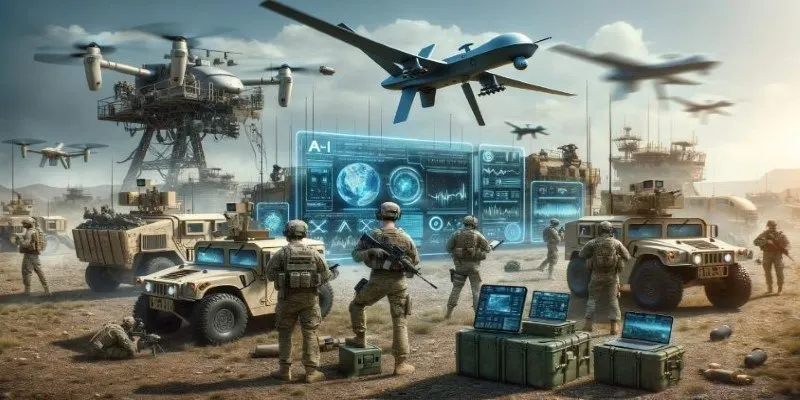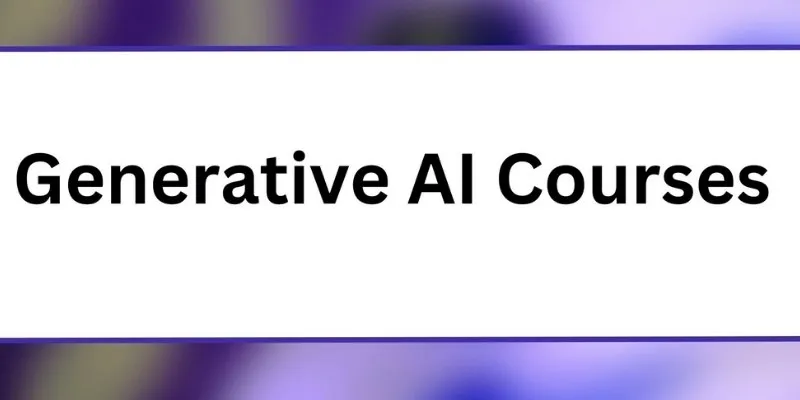Artificial Intelligence has reached a new milestone, enabling machines to understand the world similarly to humans—through a combination of language, images, audio, and even video. This leap is made possible by multimodal AI models, which can analyze and generate content across diverse data types simultaneously.
These models are transforming industries by generating visuals from text descriptions to interpreting queries about uploaded images. Whether you’re involved in content creation, education, e-commerce, or customer support, these tools surpass the capabilities of traditional single-input models. Here, we explore seven of the most widely used and impactful multimodal models today and their applications in various real-world scenarios.
1. Llama 3.2 90B
Llama 3.2 90B, developed by Meta AI, is the most robust open-source multimodal model available. It excels at combining text and image data to follow complex instructions and generate insightful responses.
Use Cases:
- Education and e-learning platforms benefit from Llama’s ability to interpret diagrams, charts, or science problems and provide contextual explanations.
- In technical support systems, users can upload error screenshots, and the model guides them through solutions using a mix of textual instructions and visual references.
- Digital training content is enriched by generating explanations based on images or manuals, making Llama a favorite among developers building learning tools.
2. Gemini 1.5 Flash
Gemini 1.5 Flash by Google is a multimodal powerhouse that processes text, images, audio, and video simultaneously. Built for speed and scale, it is particularly effective in applications requiring rapid context switching across various input types.
Use Cases:
- Smart virtual assistants use Gemini to interpret audio commands, analyze attached images, and provide detailed responses. For instance, a user could ask, “What’s wrong with this document?” while uploading a form photo, and Gemini could identify formatting issues.
- Content creation assists marketers in generating multimedia campaigns by blending text with suggested visuals and even video snippets, streamlining creative workflows.
- Healthcare platforms leverage Gemini to interpret video footage of patient behavior, paired with clinical notes and recorded voice inputs, to assist with diagnoses or progress tracking.
3. Florence 2
Developed by Microsoft, Florence 2 is a lightweight yet high-performing model focused on vision-language tasks. Its strength lies in analyzing images while integrating text-based queries, making it highly effective for computer vision applications.
Use Cases:
- E-commerce platforms use Florence 2 to improve search by matching product listings with images uploaded by users. A person looking for a specific shoe style can snap a photo, and Florence finds similar options instantly.
- In automated content tagging, websites and digital archives apply the model to label images with relevant keywords, saving hours of manual labor.
- Accessibility tools can use Florence to generate rich image descriptions, helping visually impaired users better understand visual content through screen readers.
4. GPT-4o
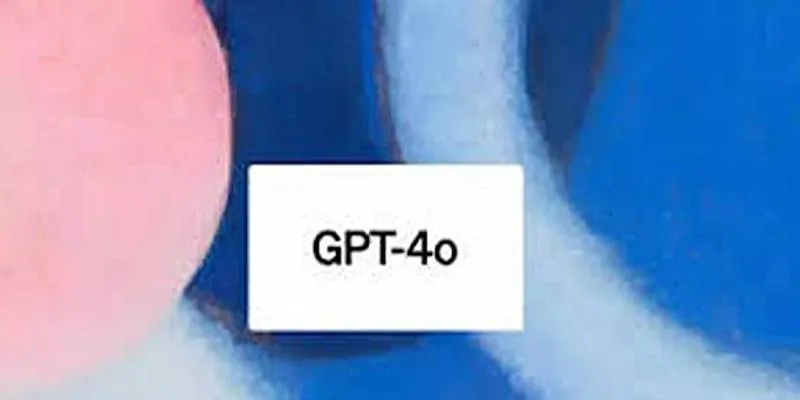
GPT-4o, from OpenAI, is an optimized multimodal model that combines rapid performance with the ability to interpret both textual and visual information. Designed for efficiency, it is particularly suitable for real-time systems requiring intelligent, fast responses.
Use Cases:
- Customer service bots powered by GPT-4o can understand visual inputs like product photos or app screenshots submitted by users and offer accurate support responses instantly.
- In creative writing and publishing, writers use GPT-4o to brainstorm scenes or story ideas inspired by uploaded images. For example, a photo of a forest could prompt a vivid narrative setting suggestion.
- Presentation software platforms integrate GPT-4o to improve slide content. Users upload their draft slides, and the model revises or enhances the language, ensuring clarity and engagement.
5. Claude 3.5
Claude 3.5, from Anthropic, is designed with a strong focus on safe, ethical AI interactions. While it supports both text and image inputs like many others, its standout feature is its commitment to responsible and human-like responses, making it ideal for use in sensitive environments.
Use Cases:
- In online education, Claude reviews visual assignments or artwork and gives feedback that is both constructive and encouraging, helping learners grow without discouragement.
- Social media moderation tools use Claude to evaluate both images and accompanying text captions, flagging content that violates community standards while minimizing false positives.
- Mental health and wellness platforms implement Claude to help users reflect on visual journals or mood boards, offering thoughtful, empathetic responses that support emotional well-being.
6. LLaVA V1.5 7B
LLaVA V1.5 7B (Large Language and Vision Assistant) is a fine-tuned, open- source model developed for real-time interaction. It supports text, images, and audio, making it ideal for responsive applications where latency and performance matter.
Use Cases:
- AI companions and virtual agents use LLaVA to maintain natural conversations while responding to uploaded images or voice notes. A user could ask a question about a product photo, and the model responds instantly with insights.
- Assistive technology tools for visually impaired users rely on LLaVA to describe surroundings, interpret signs, or read text aloud from photos in real time.
- In language learning platforms, it creates immersive experiences where users receive audio feedback on visual prompts or exercises.
7. DALL·E 3
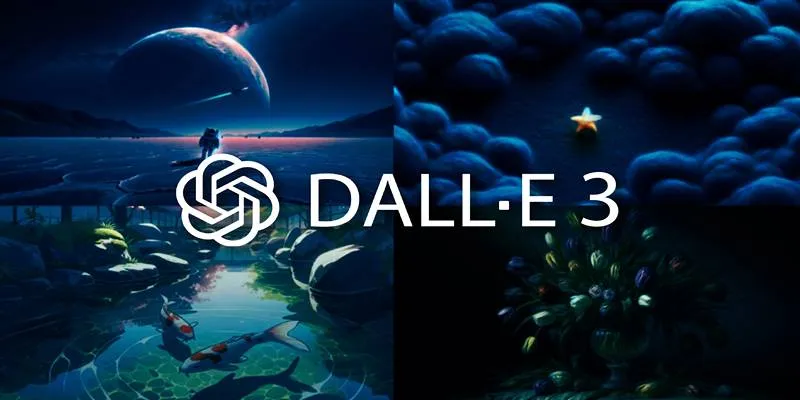
DALL·E 3, also developed by OpenAI, specializes in generating detailed and creative images based solely on text prompts. It also offers inpainting capabilities, allowing users to modify existing visuals using natural language descriptions.
Use Cases:
- Marketing teams generate campaign visuals without hiring designers by typing a product description or slogan and receiving a high-quality graphic in return.
- Authors and illustrators use DALL·E to create concept art for books, games, or films—translating narrative ideas into visual mockups.
- In education, teachers design custom worksheets, charts, or educational illustrations with just a prompt, saving time and effort on content preparation.
Conclusion
Multimodal AI models are rapidly reshaping how we interact with technology by enabling systems to process and understand information across text, images, audio, and video. Their ability to integrate multiple data types opens the door to more intuitive, intelligent, and personalized applications across industries. From education and content creation to customer service and accessibility, each model brings unique strengths to specific real-world scenarios.
 zfn9
zfn9
